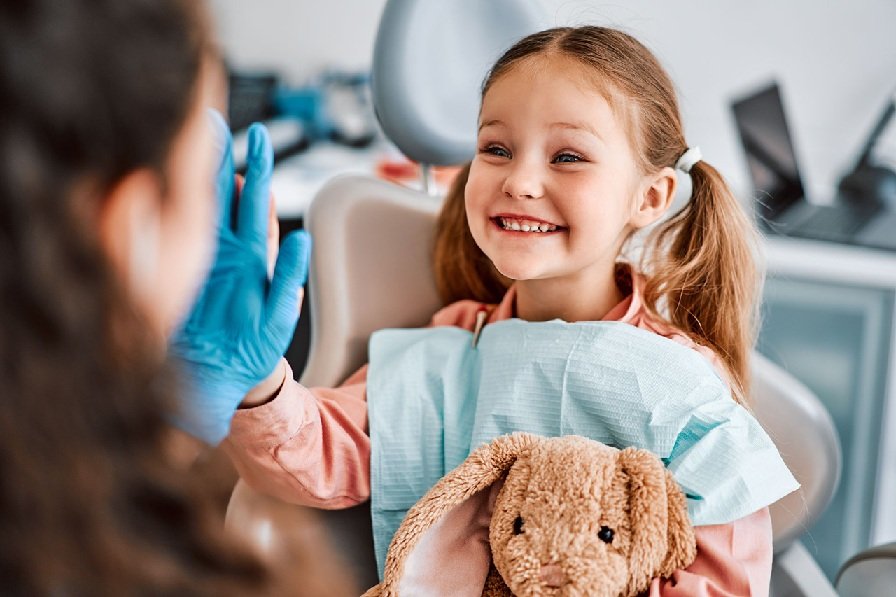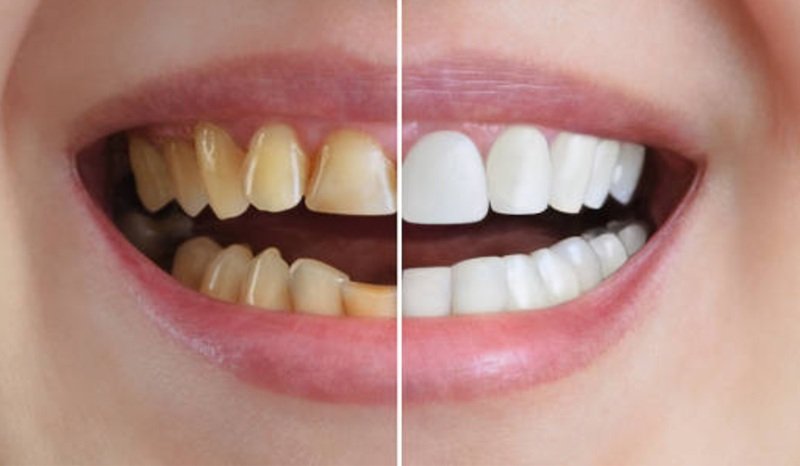Teaching kids good oral hygiene habits is a caring task that shapes their future health. You play a key role in guiding your children towards a lifetime of healthy smiles. Start early with simple routines like brushing and flossing. Make these activities fun and regular. Your family dentist can be a crucial ally in this journey. Visits to the Harrisonburg dentist office offer professional support and guidance for your child’s dental health. Dentists provide personalized advice that aligns with your child’s needs. Encourage your child to ask questions during dental visits. This fosters trust and understanding. Additionally, these visits can reinforce the importance of oral care. Together, you and your dentist can ensure that your child develops confidence in their oral hygiene routine. With consistent care, you help prevent cavities and other dental issues. Building these habits now sets the foundation for your child’s lifelong health.
Establishing Daily Dental Routines
Consistency is key in teaching kids about oral hygiene. Start with simple tasks. Brushing twice a day and flossing daily are essential. Use a soft-bristled toothbrush. Replace it every three months. Choose toothpaste with fluoride. It strengthens teeth and prevents decay. Make these activities enjoyable. Sing a song or use a timer to ensure two minutes of brushing. These small steps make the routine less tedious and more engaging.
The Role of Diet in Oral Health
Diet impacts oral health significantly. Encourage a balanced diet with limited sugary snacks and drinks. Foods like fruits, vegetables, and dairy products can strengthen teeth. For example, cheese increases saliva production, which helps prevent cavities. Provide water instead of sugary drinks. This simple switch reduces the risk of tooth decay.
Understanding the Impact of Fluoride
Fluoride is important in preventing cavities. It makes the outer surface of teeth (enamel) more resistant to acid attacks. Check with your local health department about the fluoride level in your tap water. If necessary, discuss supplements with your dentist. Fluoride toothpaste is another way to provide this benefit. Supervise your child to ensure they use the right amount.
Creating a Positive Dental Visit Experience
Dental visits can be intimidating for children. Prepare them in advance by talking about what to expect. Play dentist at home. Use a toothbrush and a mirror to create a mock exam. This helps remove fear and builds familiarity. Choose a dentist experienced with children. They understand how to make the visit comfortable and child-friendly.
Comparison of Toothbrush Types
| Toothbrush Type | Features | Recommended For |
|---|---|---|
| Manual Toothbrush | Easy to use, affordable | Toddlers learning to brush |
| Electric Toothbrush | Rotating head, built-in timer | Older children improving technique |
| Finger Toothbrush | Fits on finger, soft bristles | Babies and young toddlers |
Encouraging Independence in Kids
As your child grows, encourage them to take responsibility for their oral health. Start by letting them choose their toothbrush color or toothpaste flavor. This sense of ownership can motivate them to stick to their routine. Praise their efforts and improvements. Celebrate small milestones, such as brushing independently or a cavity-free checkup.
Common Dental Issues in Children
Understanding common dental issues helps in prevention. Cavities are prevalent. They result from plaque build-up on teeth. Gum disease is less common but can occur. Signs include red or swollen gums. Early intervention is crucial. Consult your dentist if you notice any symptoms. Regular checkups help spot problems early.
Conclusion
Teaching kids good oral hygiene is a continuous journey. With your support and guidance from your family dentist, children learn the importance of caring for their teeth. These early lessons lay the groundwork for a lifetime of healthy smiles. By fostering a positive and proactive approach, you ensure your children’s long-term dental wellbeing.



